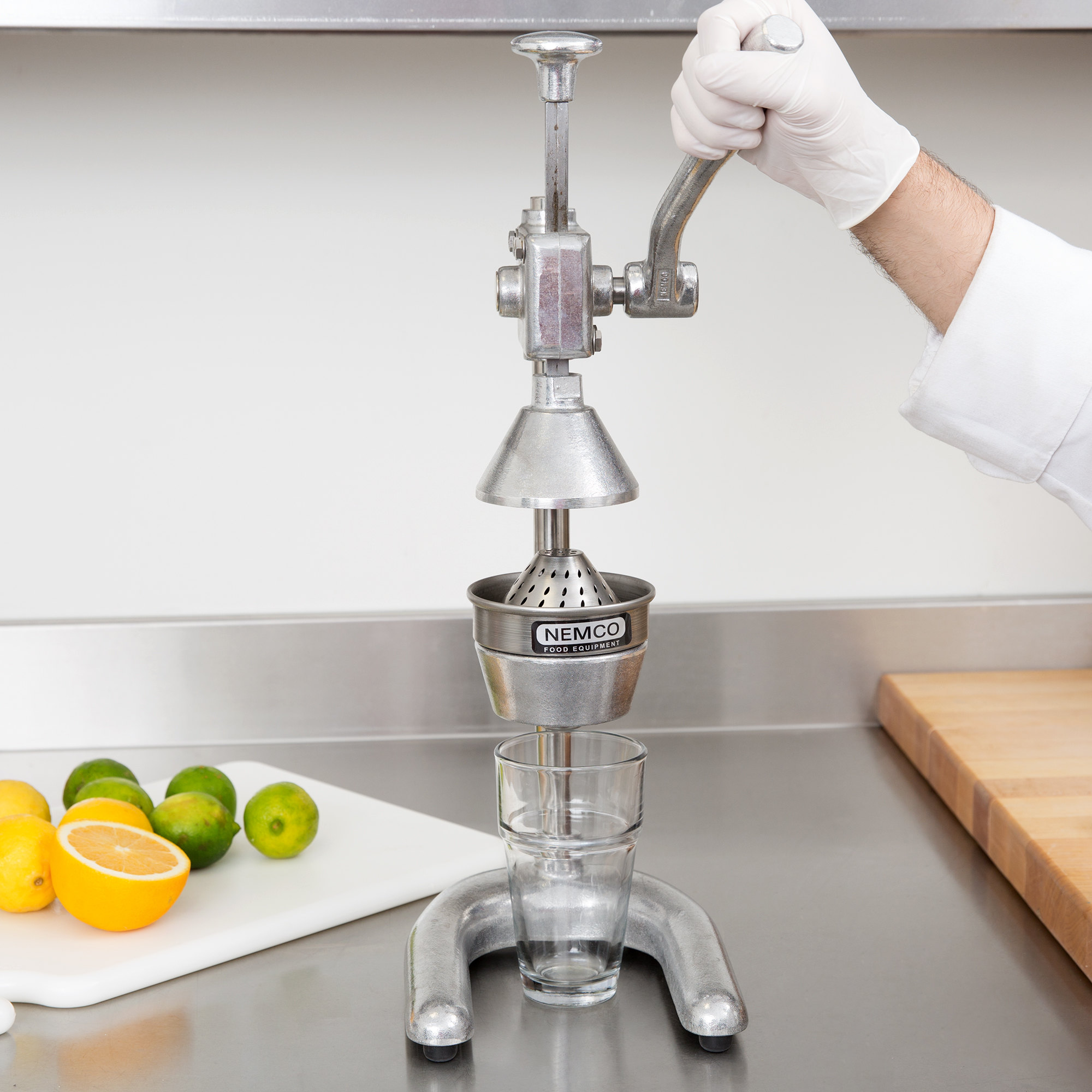

Articles
How To Use A Manual Juicer
Modified: April 24, 2024
Discover helpful articles on how to use a manual juicer effectively and efficiently. Improve your juicing skills and enjoy the benefits of fresh, homemade juices.
(Many of the links in this article redirect to a specific reviewed product. Your purchase of these products through affiliate links helps to generate commission for Storables.com, at no extra cost. Learn more)
Introduction
Welcome to the world of manual juicing! In this fast-paced era where convenience is king, you might be wondering why anyone would opt for a manual juicer when electric juicers are readily available. But there’s something special about using a manual juicer that goes beyond just extracting fresh juices from fruits and vegetables. It’s a hands-on experience that allows you to connect with your food and appreciate the process of juicing.
In this article, we will explore the benefits of using a manual juicer, the different types available, and how to choose the right one for your needs. We will also provide you with a step-by-step guide on how to use a manual juicer effectively, offer some useful tips and tricks, and discuss proper cleaning and maintenance. Plus, we’ll share some popular recipes that you can try with your manual juicer.
So, whether you’re a seasoned juicing enthusiast looking for a change or a beginner dipping your toes into the world of juicing, this article is here to help you navigate the ins and outs of using a manual juicer.
Let’s dive in and discover the wonderful benefits and joys of manual juicing!
Key Takeaways:
- Manual juicers offer numerous benefits, including nutrient-rich juices, portability, affordability, and the opportunity to enhance hand-eye coordination. Embrace the simplicity and mindfulness of manual juicing for a rewarding and healthy experience.
- When using a manual juicer, remember to choose ripe produce, apply gentle pressure, and experiment with unique juice combinations. Proper cleaning and maintenance will ensure the longevity of your juicer, allowing you to enjoy fresh and nutritious juices for years to come.
Read also: 9 Best Manual Juicer for 2024
Benefits of Using a Manual Juicer
Using a manual juicer may seem old-fashioned in a world filled with electric appliances, but it comes with numerous benefits that make it worth considering. Here are some of the reasons why manual juicers are gaining popularity:
- Nutrient-rich juices: Manual juicers extract juices in a gentle and slow manner, minimizing heat and oxidation. This helps to preserve the nutrients and enzymes present in fruits and vegetables, resulting in healthier and more nutrient-dense juices.
- No electricity required: One of the biggest advantages of manual juicers is their simplicity. Unlike electric juicers, they don’t rely on electricity, making them perfect for individuals who want to reduce their energy consumption or don’t have access to a power source.
- Quiet operation: If you live in an apartment or have a young baby, the noise from electric juicers can be bothersome. Manual juicers, on the other hand, operate silently, allowing you to enjoy a peaceful juicing session without disturbing others.
- Portability: Manual juicers are compact and lightweight, making them ideal for travel or outdoor use. Whether you’re going camping, on a picnic, or simply want to enjoy fresh juice at work, a manual juicer can easily be packed and taken with you.
- Affordability: Manual juicers are generally more budget-friendly compared to their electric counterparts. Plus, they have fewer moving parts, which means lower maintenance costs and reduced chances of malfunctioning.
- Easy to clean: Manual juicers are typically easier to clean as they have fewer components. Most models can be disassembled quickly, and the parts can be rinsed or washed by hand, saving you valuable time and effort in the cleaning process.
- Enhanced hand-eye coordination: Manual juicing requires a certain level of coordination and effort. By using a manual juicer, you can enhance your hand-eye coordination and grip strength, making it a great workout for your hands and arms.
These benefits make manual juicers a fantastic choice for individuals who value simplicity, portability, healthier juices, and a more hands-on juicing experience. Now that we’ve explored the advantages of manual juicers, let’s take a look at the different types available and how to choose the right one for your needs.
Types of Manual Juicers
Manual juicers come in various designs, each suited for different types of fruits and vegetables. Here are the most common types:
- Citrus Juicers: These juicers are specifically designed for extracting juice from citrus fruits like oranges, lemons, and grapefruits. They usually have a cone-shaped reamer that you press the fruit onto, extracting the juice. Citrus juicers can be handheld or countertop models.
- Masticating Juicers: Also known as cold press juicers or slow juicers, masticating juicers use a slow and gentle crushing as well as grinding motion to extract juice from a variety of fruits and vegetables. They are suitable for juicing leafy greens, hard vegetables, and even nuts.
- Press Juicers: Press juicers, also known as manual hydraulic juicers, utilize hydraulic pressure to extract juice from fruits and vegetables. They are known for their high juice yield and are particularly effective in juicing wheatgrass and leafy greens.
- Hand Press Juicers: These juicers work by manually squeezing the juice out of fruits and vegetables with the help of a lever or handle. They are ideal for small quantities of juice and are commonly used for juicing pomegranates, berries, and soft fruits.
- Manual Wheatgrass Juicers: Wheatgrass juicers are specifically designed to extract the juice from wheatgrass and other leafy greens. They usually have a crank or handle that you turn to crush and extract the juice.
When choosing a manual juicer, consider the types of produce you plan to juice most frequently. If you primarily juice citrus fruits, a citrus juicer will be the most suitable option. If you want to juice a wide range of fruits, vegetables, and leafy greens, a masticating juicer or press juicer would be a better choice.
Additionally, consider factors such as ease of use, durability, and cleaning requirements. Look for juicers made from high-quality materials like stainless steel or BPA-free plastic, as these will ensure longevity and safety.
Now that we’ve explored the different types of manual juicers, let’s move on to the next step – choosing the right juicer for your needs.
Choosing the Right Manual Juicer for Your Needs
With so many manual juicers on the market, it can be overwhelming to choose the right one for your specific needs. Here are some factors to consider when selecting a manual juicer:
- Types of produce: Consider the types of fruits and vegetables you plan to juice. If you primarily juice citrus fruits, a citrus juicer will be the most efficient option. If you want to juice a variety of produce, look for a versatile juicer that can handle different textures.
- Quality and durability: Look for a juicer made from sturdy and durable materials. Stainless steel or high-quality plastic are excellent options. Ensure that the juicer is designed to withstand pressure and frequent use without breaking or bending.
- Juice yield: Pay attention to the juice yield of the juicer. Some models are specifically designed to extract maximum juice with minimal wastage. Read customer reviews and product specifications to get an idea of the juicer’s efficiency in extracting juice.
- Easy to clean: Cleaning a juicer can be a tedious task, so choose a model that is easy to disassemble and clean. Look for juicers with removable parts that are dishwasher safe or can be easily washed by hand.
- Size and storage: Consider the size of the juicer and your available storage space. If you have limited countertop or cabinet space, look for a compact and easy-to-store juicer that doesn’t take up too much room.
- Price: Set a budget for your juicer and look for models within that price range. Remember that higher-priced juicers often come with additional features and better build quality.
- Ease of use: Ensure that the juicer you choose is user-friendly and doesn’t require complicated assembly or operation. Look for features like a comfortable handle, non-slip base, and clear instructions.
- Warranty: Check if the juicer comes with a warranty. A warranty will give you peace of mind knowing that you can get a replacement or repair if any issues arise.
Once you have considered these factors, narrow down your choices and read customer reviews to get real user feedback. This will help you make an informed decision and choose a manual juicer that suits your needs and preferences.
Now that you have your manual juicer ready, let’s move on to the next step – preparing your fruits and vegetables for juicing.
Preparing Your Fruits and Vegetables for Juicing
Before you begin juicing with your manual juicer, it’s important to properly prepare your fruits and vegetables. Here are some steps to follow:
- Wash your produce: Start by washing your fruits and vegetables thoroughly under running water. This helps remove dirt, pesticides, and any other residues that may be present on the surface.
- Cut into manageable pieces: Depending on the size of your manual juicer’s feeding chute, you may need to cut larger fruits and vegetables into smaller pieces. This ensures that they fit and can be juiced easily.
- Remove seeds or pits: For fruits that have seeds or pits, such as apples or cherries, remove them before juicing. These hard components can damage the juicer or affect the quality of the juice.
- Peel or not to peel: Whether you choose to peel your produce before juicing is a personal preference. Some fruits and vegetables, like apples or carrots, have thin peels that can be left on. However, for others with tougher or bitter peels, like oranges or cucumbers, it’s best to remove the peel.
- Remove rinds or membranes: For citrus fruits, remove the outer rind and membrane. They can add bitterness to the juice and are not pleasant to consume.
- Trim leaves from greens: If you’re juicing leafy greens like spinach or kale, remove the stems and tough parts of the leaves. These can be difficult to juice and may cause clogging in the juicer.
By following these steps, you ensure that your fruits and vegetables are prepped and ready for juicing. Remember to always use fresh and ripe produce for the best flavor and nutritional value in your juices.
Now that your ingredients are prepared, let’s move on to the exciting part – learning how to use a manual juicer effectively!
When using a manual juicer, make sure to cut your fruits or vegetables into smaller pieces to make it easier to juice and prevent clogging.
Read also: 13 Amazing Juicer Manual for 2024
Step-by-Step Guide on How to Use a Manual Juicer
Using a manual juicer is a simple and straightforward process. Follow these steps to get the most out of your manual juicer:
- Assemble the juicer: Start by assembling your manual juicer according to the manufacturer’s instructions. This usually involves attaching any necessary components or fitting together the different parts of the juicer.
- Secure the juicer: Place the juicer on a stable and sturdy surface to ensure it stays in place during the juicing process. You may also want to place a bowl or container below the juicer’s spout to catch the extracted juice.
- Prepare your fruit or vegetable: Take a piece of prepped fruit or vegetable and place it into the feeding chute or chamber of the juicer. Use the juicer’s plunger or handle to press and push the produce down gently.
- Apply steady pressure: Begin turning the crank or operating the lever of the juicer, applying steady pressure to extract the juice. Depending on the juicer, you may need to rotate the crank handle clockwise or engage the lever in an up-and-down motion.
- Collect the juice: As you juice, the extracted juice will flow out of the spout and into the bowl or container below. Ensure that you position the container correctly to catch the juice without any spills.
- Continue juicing: Repeat the process with the remaining pieces of fruit or vegetables, juicing them one at a time. Take your time and maintain a steady and controlled pace to ensure efficient juice extraction.
- Separate the pulp (optional): If desired, you can separate the pulp from the juice by using a fine mesh strainer or cheesecloth. This step is optional and depends on personal preference and the type of juicer you’re using.
- Pour and enjoy: Once you’ve finished juicing, give the juice a quick stir and pour it into a glass. Take a moment to savor the fresh flavors and nutrients of your homemade juice!
Using a manual juicer is a hands-on experience that allows you to appreciate the process of extracting juice. The rhythmic motions and the satisfaction of manually creating your juice can be a rewarding and enjoyable part of your juicing journey.
Now that you know how to use a manual juicer, let’s explore some helpful tips and tricks for more efficient juicing.
Tips and Tricks for Efficient Juicing
To make the most of your manual juicer and streamline your juicing process, here are some tips and tricks to keep in mind:
- Choose ripe produce: Select fruits and vegetables that are fully ripe for juicing. Ripe produce is easier to juice and tends to yield more juice compared to unripe ones.
- Rotate between hard and soft produce: When juicing a variety of fruits and vegetables, alternate between harder produce (like carrots or apples) and softer ones (like oranges or tomatoes). This helps to prevent clogging and provides a smoother juicing experience.
- Apply gentle pressure: While it’s important to apply enough pressure to extract the juice, avoid exerting excessive force. Gentle and steady pressure is often sufficient to achieve optimal juice extraction without straining the juicer or risking any damage.
- Catch juice drips: Sometimes, juice can drip from the juicer’s spout even when you’re not actively juicing. To prevent any mess, keep a small bowl or tray underneath the juicer to catch any drips or spills.
- Re-juice the pulp: If you feel like there is still some juice left in the pulp after juicing, you can re-juice it by running it through the juicer once again. This can help maximize juice extraction and minimize waste.
- Experiment with combinations: Don’t be afraid to get creative with your juice combinations! Mix different fruits and vegetables to create unique and delicious flavors. You can also add herbs, spices, or a splash of citrus to enhance the taste.
- Clean immediately after use: To make the cleaning process easier, rinse or wash your manual juicer immediately after each use. This prevents fruit pulp and residue from drying and sticking to the juicer, making it more challenging to clean later on.
- Save pulp for other uses: Don’t throw away the leftover pulp! Consider using it in other recipes such as soups, muffins, or as compost for your garden. This way, you minimize waste and make the most of your ingredients.
By following these tips and tricks, you can enhance the efficiency of your juicing sessions and make the most out of your manual juicer. Enjoy the process of creating fresh and nutritious juices with your own personal touch!
Now that you have all the knowledge and techniques for manual juicing, let’s move on to an essential aspect – cleaning and maintaining your manual juicer.
Cleaning and Maintenance of a Manual Juicer
Proper cleaning and maintenance of your manual juicer are essential to ensure its longevity and optimal performance. Follow these steps to keep your juicer in top shape:
- Disassemble the juicer: Start by disassembling your manual juicer according to the manufacturer’s instructions. Remove all removable parts such as the feeding chute, juice container, filters, and pulp collector.
- Rinse with warm water: Rinse all the parts under warm running water to remove any juice residue and fruit pulp. Use your fingers or a soft brush to gently scrub away any stubborn residue.
- Use mild soap or vinegar: If desired, add a small amount of mild dish soap or vinegar to a bowl of warm water. Dip a sponge or cloth into the soapy water and clean all the juicer parts thoroughly. Pay extra attention to filters or strainers to ensure they are free from any clogs.
- Rinse and dry: After cleaning, rinse all the parts thoroughly with clean water to remove any soap or vinegar residue. Use a clean towel or air-dry the parts before reassembling the juicer.
- Clean the juicer body: Wipe down the exterior of the juicer body using a damp cloth. Remove any stains or residue with a mild cleaning solution. Avoid using harsh chemicals or abrasive materials that could damage the surface.
- Store properly: Make sure all the juicer parts are completely dry before reassembling or storing your manual juicer. Store the juicer in a dry and clean area to prevent any corrosion or damage.
- Regular maintenance: Periodically check the juicer’s components for signs of wear or damage. Replace any worn-out parts to maintain the juicer’s efficiency and safety. Refer to the manufacturer’s instructions for specific maintenance guidelines.
By following these cleaning and maintenance practices, you’ll ensure that your manual juicer remains hygienic, functional, and ready for future juicing sessions. Remember, regular cleaning and care will extend the lifespan of your manual juicer and ensure the production of high-quality juices.
Now that you know how to properly clean and maintain your manual juicer, let’s move on to the final section – some popular juice recipes to try!
Popular Recipes for Manual Juicers
Now that you have your manual juicer all set up, it’s time to experiment with delicious juice recipes. Here are a few popular recipes that you can try:
- Green Detox Juice:
- Ingredients:
- 2 cups spinach
- 1 cucumber
- 2 stalks celery
- 1 green apple
- 1 lemon
- Instructions:
- Feed the spinach, cucumber, celery, green apple, and lemon through the manual juicer.
- Stir the juice well and enjoy this refreshing and detoxifying green juice.
- Ingredients:
- Orange Carrot Ginger Juice:
- Ingredients:
- 4 oranges
- 4 carrots
- 1-inch piece of ginger
- Instructions:
- Peel the oranges and carrots, then cut them into appropriate sizes for your manual juicer.
- Peel and chop the ginger.
- Juice the oranges, carrots, and ginger together.
- Mix well and enjoy the invigorating combination of citrus, sweetness, and zing from the ginger.
- Ingredients:
- Refreshing Watermelon Mint Juice:
- Ingredients:
- 4 cups of cubed watermelon
- 1/4 cup of fresh mint leaves
- 1 lime
- Instructions:
- Extract the juice from the watermelon using your manual juicer.
- Pass the mint leaves and lime through the juicer as well.
- Mix the juices together and enjoy this cooling and hydrating watermelon mint juice.
- Ingredients:
- Tropical Paradise Juice:
- Ingredients:
- 1 pineapple
- 2 mangoes
- 1 passion fruit
- 1 kiwi
- 1 lime
- Instructions:
- Peel the pineapple, mangoes, kiwi, and passion fruit, and cut them into suitable pieces.
- Extract the juice from the fruits using your manual juicer.
- Squeeze the juice from the lime and mix it with the other tropical juices.
- Stir well and indulge in the taste of paradise with this vibrant and exotic juice.
- Ingredients:
Feel free to customize these recipes by adjusting the quantities of ingredients or adding your own twist. Don’t be afraid to explore new flavor combinations and discover your favorite blends. Let your creativity flow and enjoy the vibrant and nutritious juices you can create with your manual juicer!
With these recipes, our journey through the world of manual juicing comes to an end. We hope this article has provided you with valuable insights, tips, and inspiration to fully enjoy the benefits of using a manual juicer. Happy juicing!
Read also: 12 Best Lemon Juicer Manual for 2024
Conclusion
Using a manual juicer is a wonderful way to connect with your food, enjoy fresh and nutrient-rich juices, and infuse your juicing routine with a touch of simplicity and mindfulness. Throughout this article, we’ve explored the benefits of using a manual juicer, the different types available, how to choose the right one for your needs, and the steps to effectively use and maintain your manual juicer.
Manual juicers offer numerous advantages, including nutrient-rich juices, no electricity requirement, portability, affordability, and the opportunity to enhance hand-eye coordination. By selecting the right manual juicer and properly preparing your fruits and vegetables, you can make the most out of your juicing experience.
We’ve provided you with a step-by-step guide on how to use a manual juicer, along with helpful tips and tricks for efficient juicing. Cleaning and maintaining your manual juicer will ensure its longevity and optimal performance. And, of course, we’ve shared some popular juice recipes to inspire your juicing creativity.
So, whether you’re a seasoned juicing enthusiast or just starting out, embrace manual juicing as a way to experience the joys of crafting your own fresh and delicious juices. Enjoy the process, experiment with flavors, and savor the health benefits that come with every sip.
Remember, manual juicing is not just about extracting juice; it’s about appreciating the simplicity and connection with your food. So, grab your manual juicer, pick your favorite fruits and vegetables, and start your juicing journey now!
Thank you for joining us on this exploration of manual juicing. Here’s to vibrant health and delicious juices!
Frequently Asked Questions about How To Use A Manual Juicer
Was this page helpful?
At Storables.com, we guarantee accurate and reliable information. Our content, validated by Expert Board Contributors, is crafted following stringent Editorial Policies. We're committed to providing you with well-researched, expert-backed insights for all your informational needs.
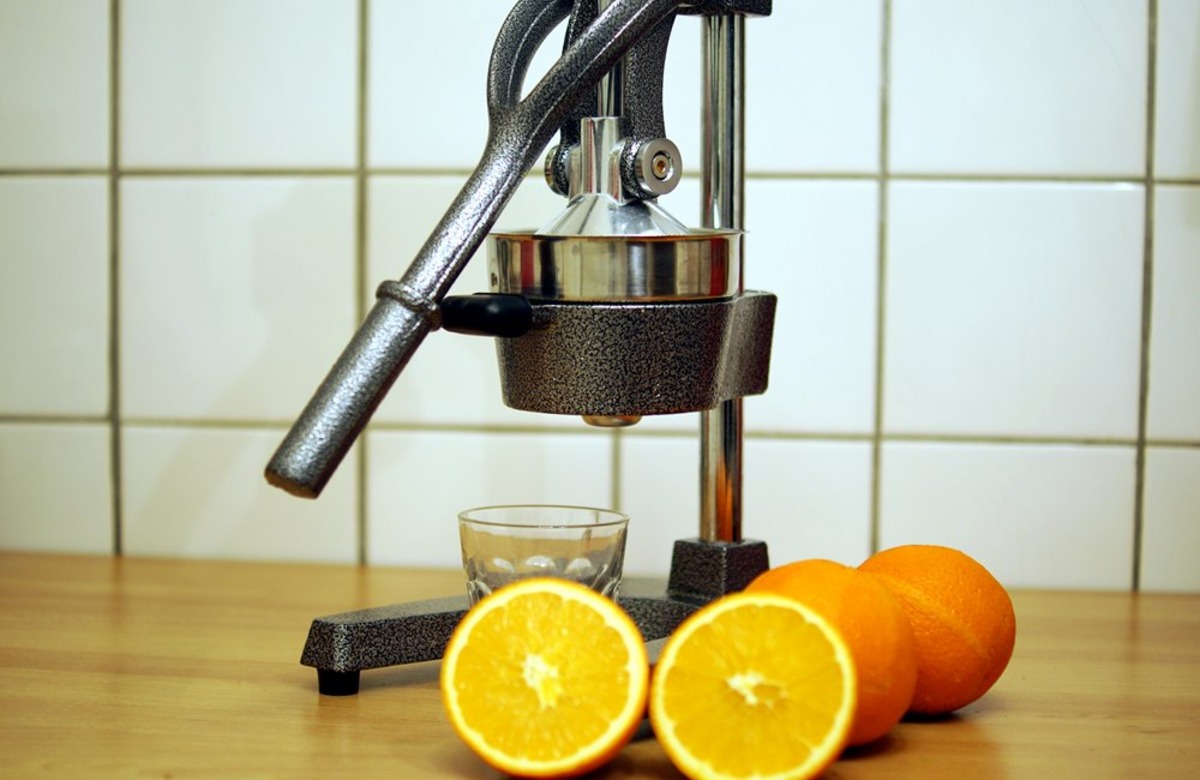
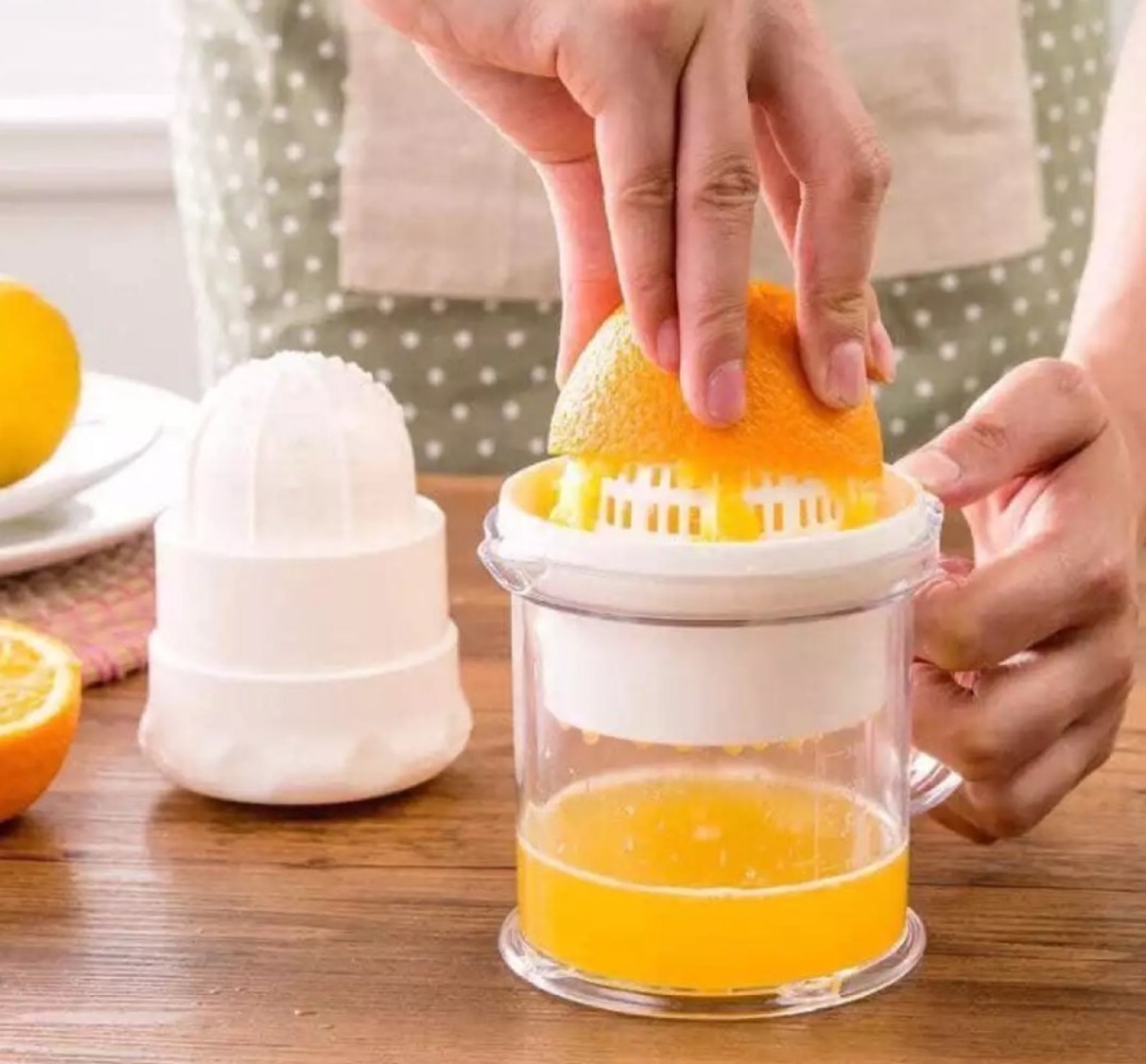
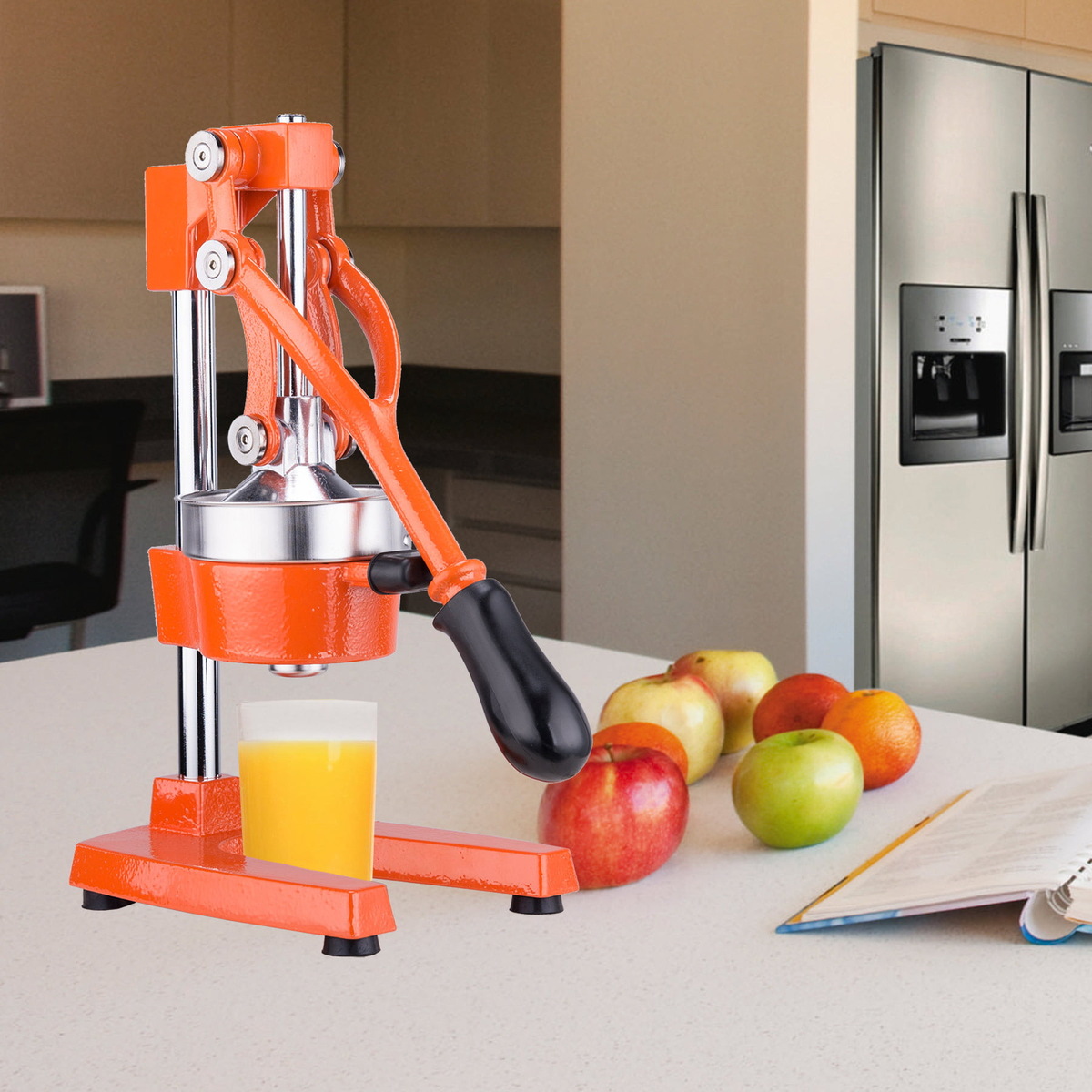
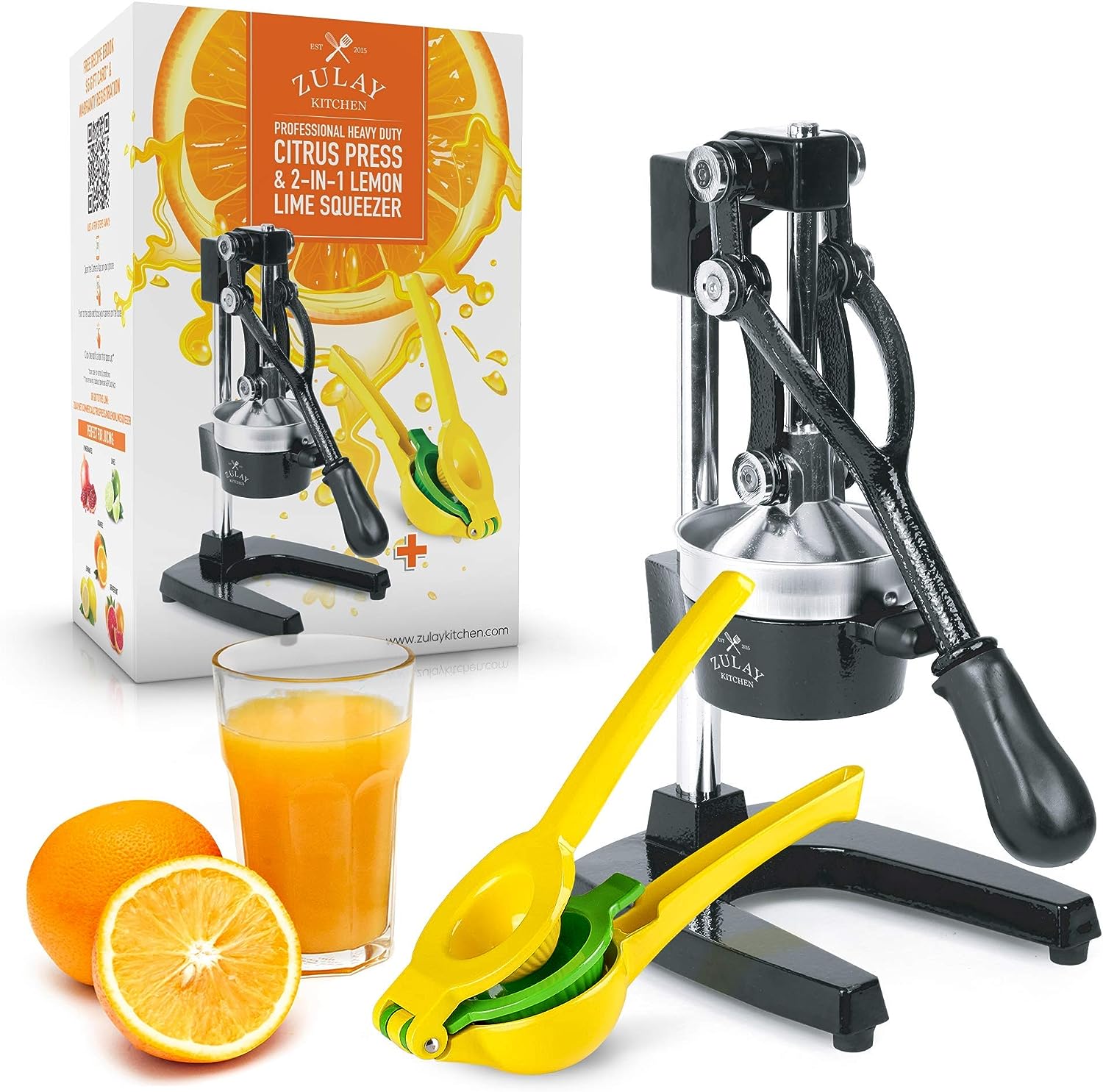
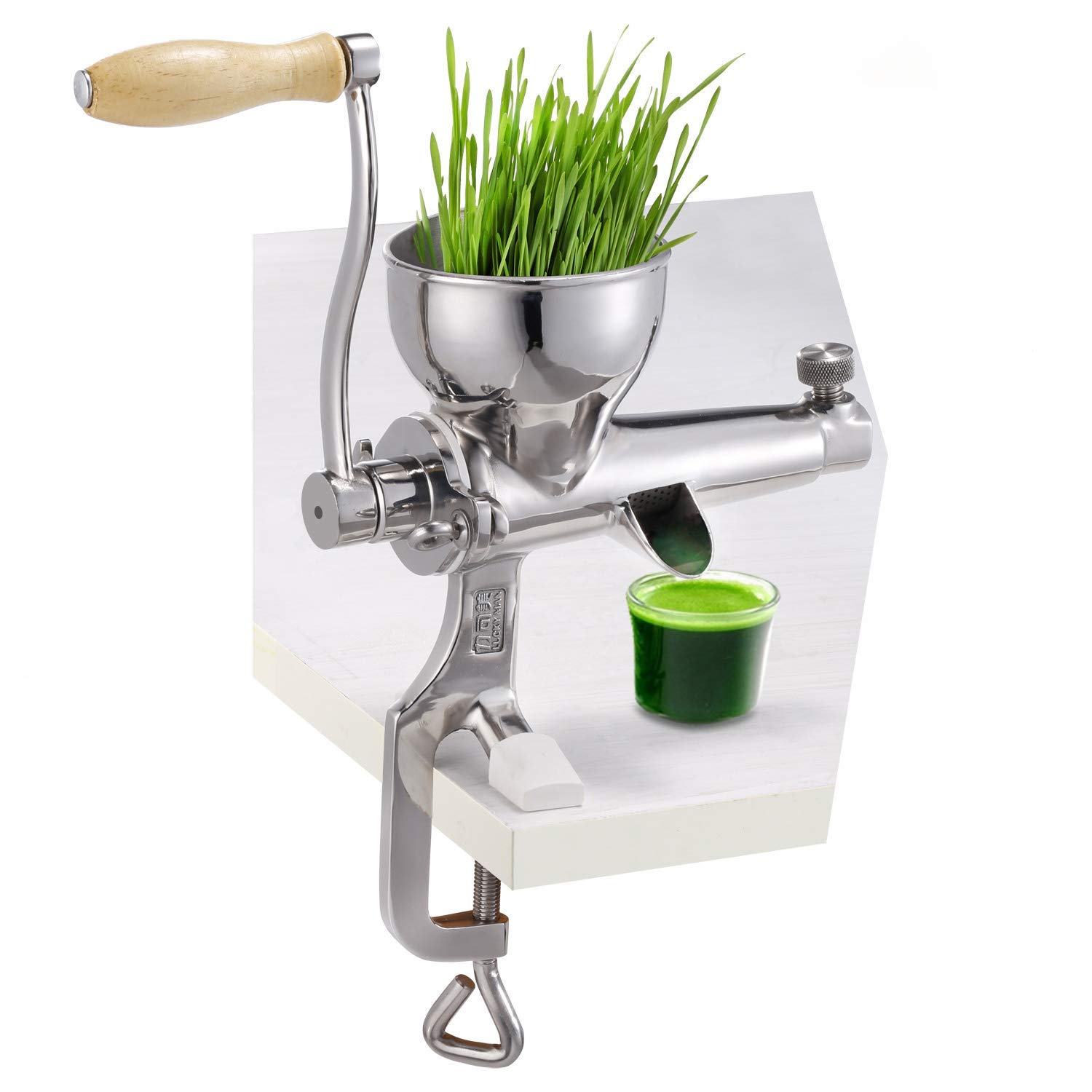
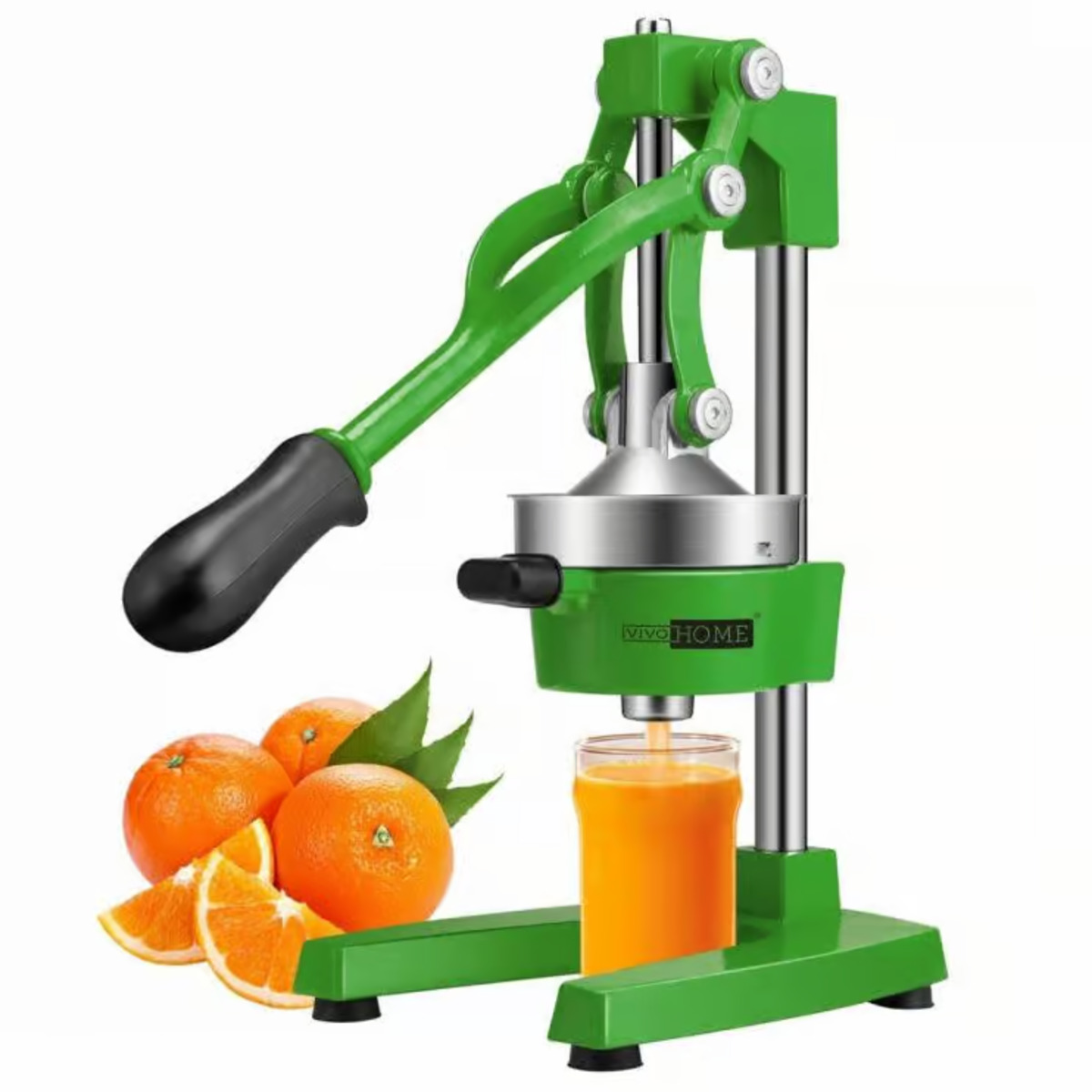
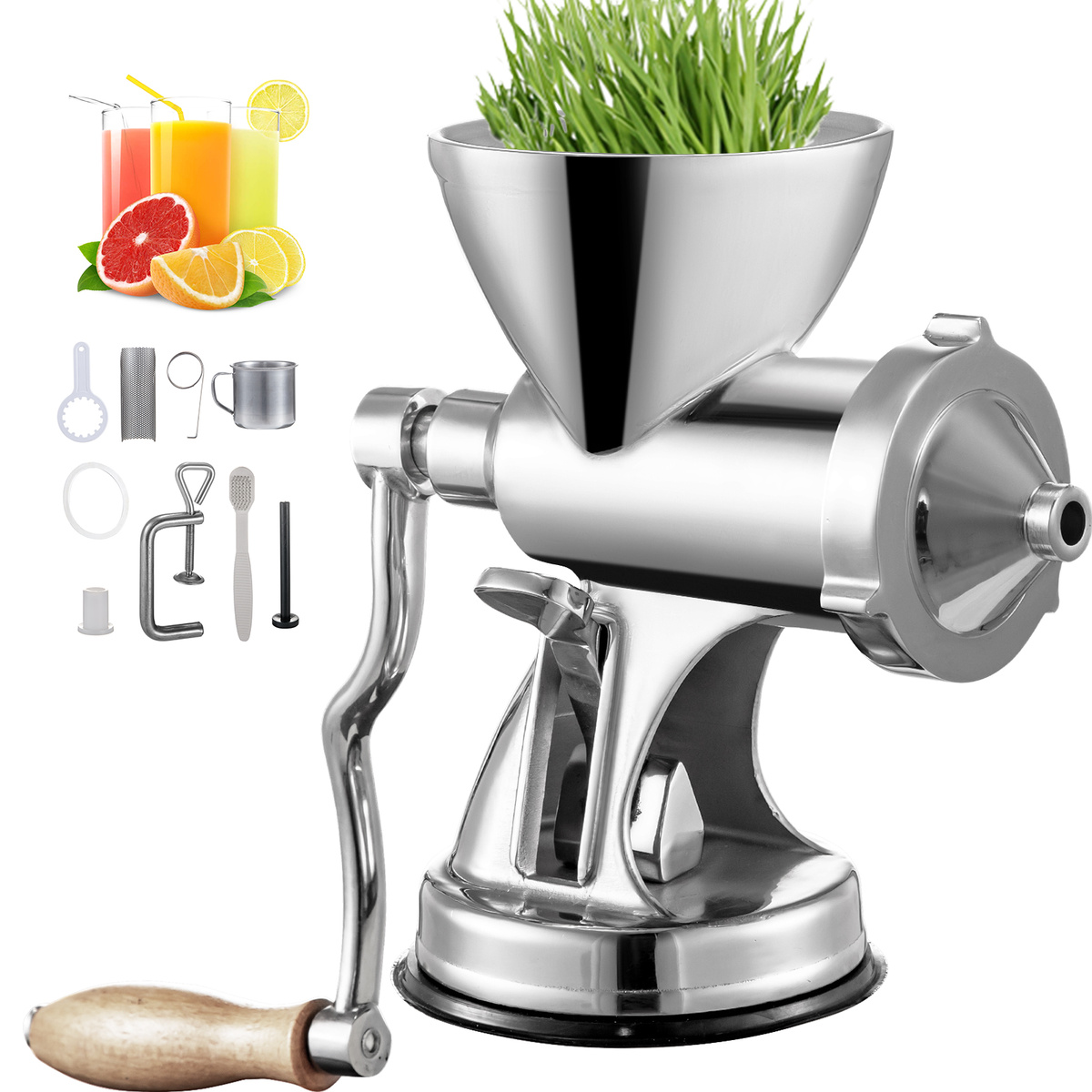
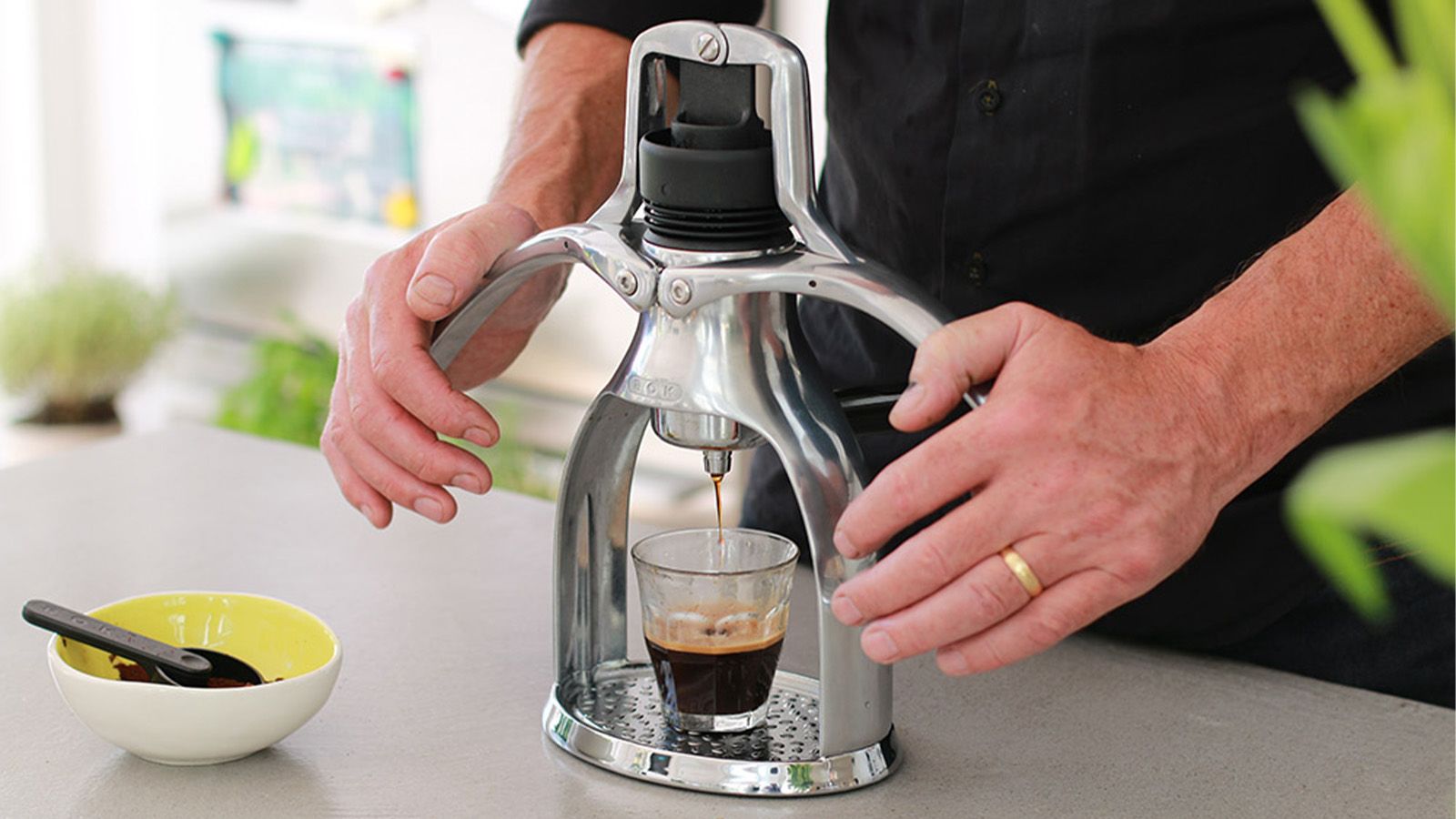
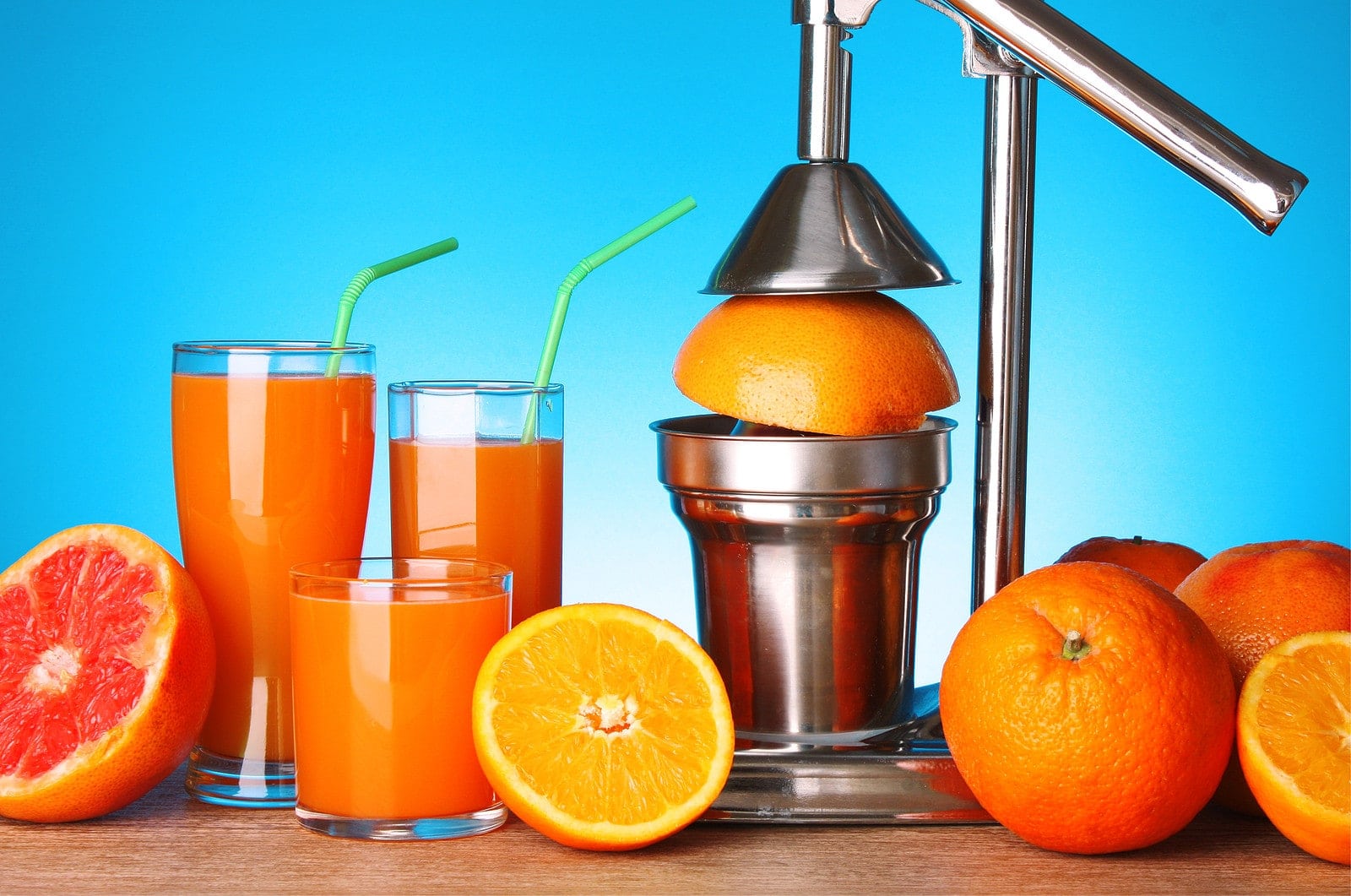
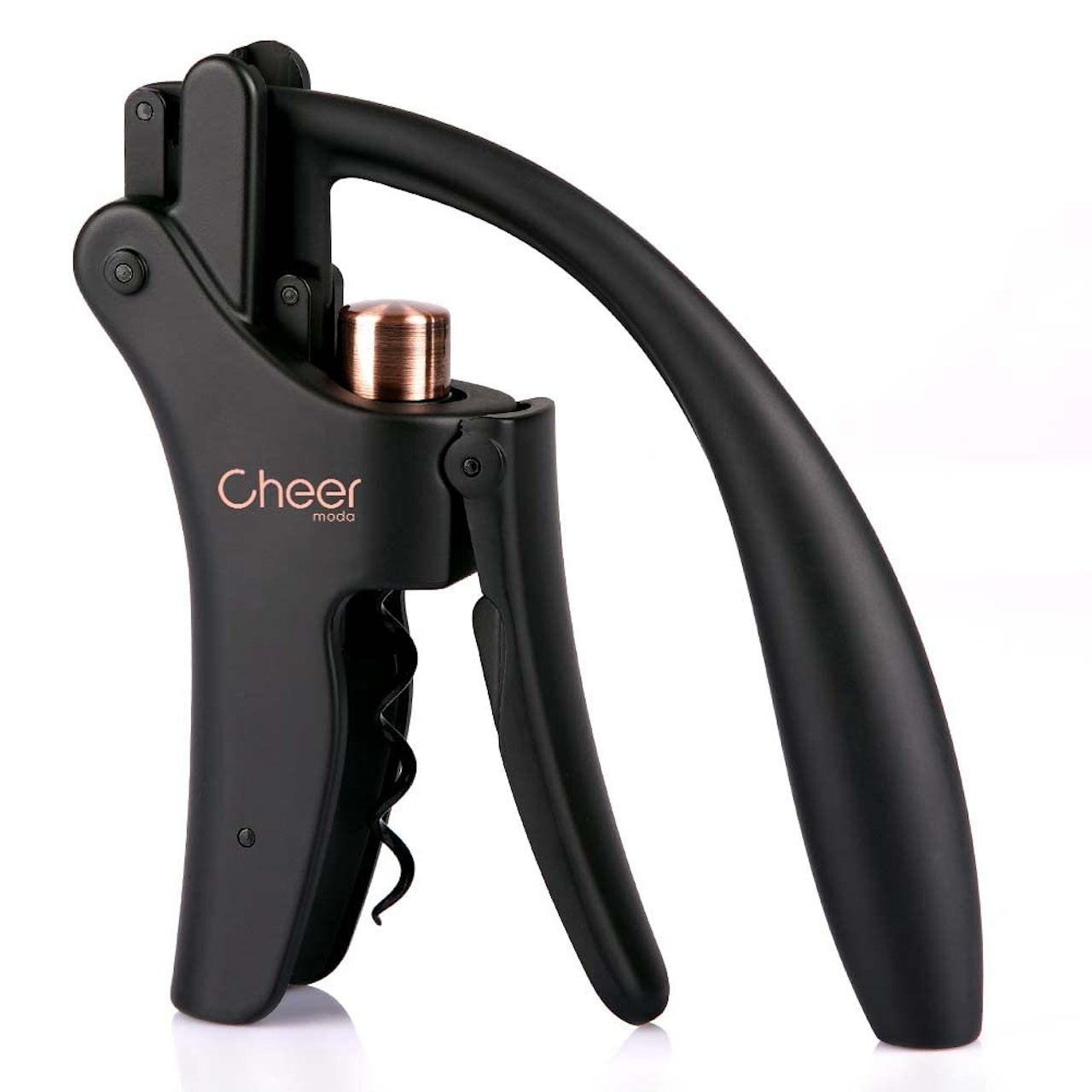
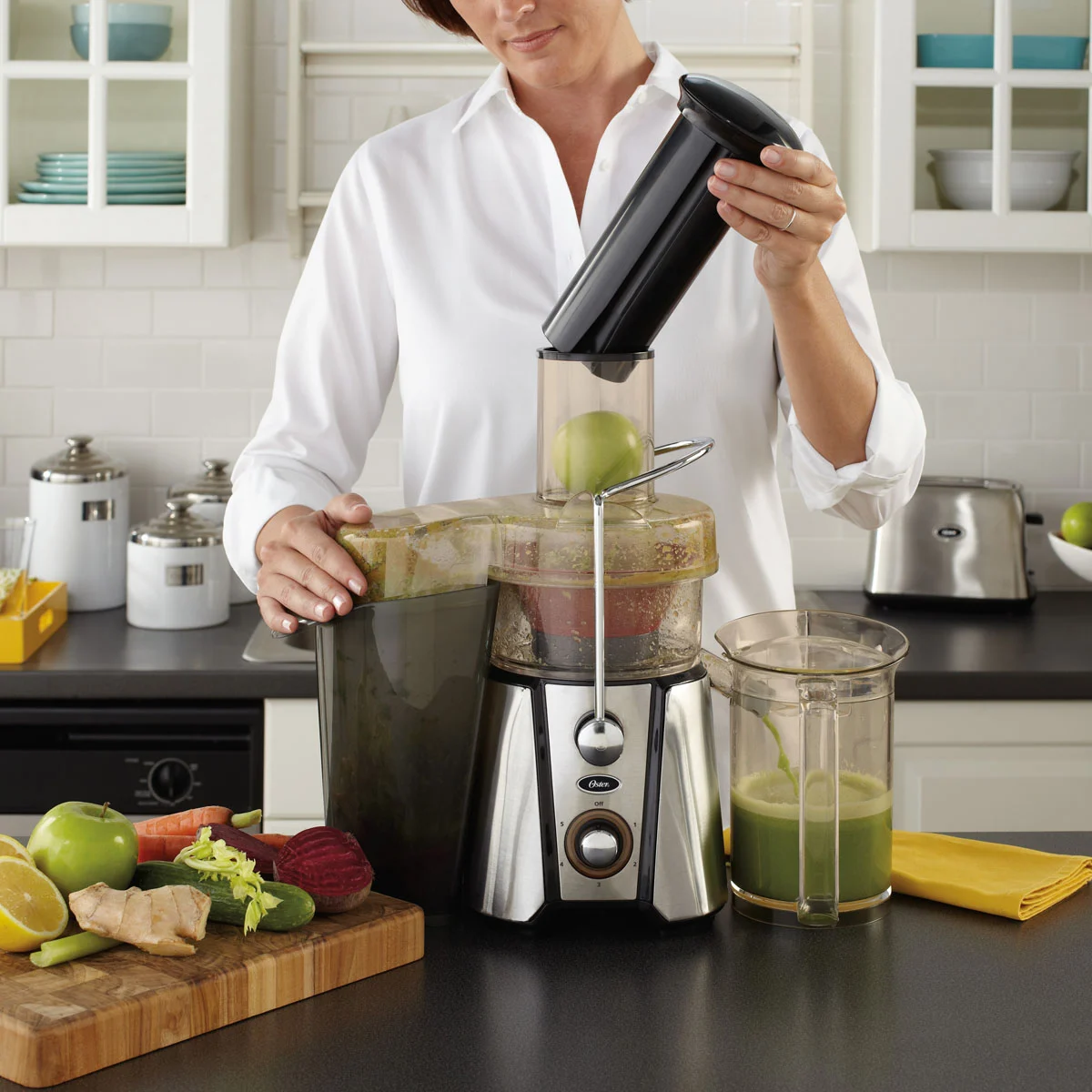
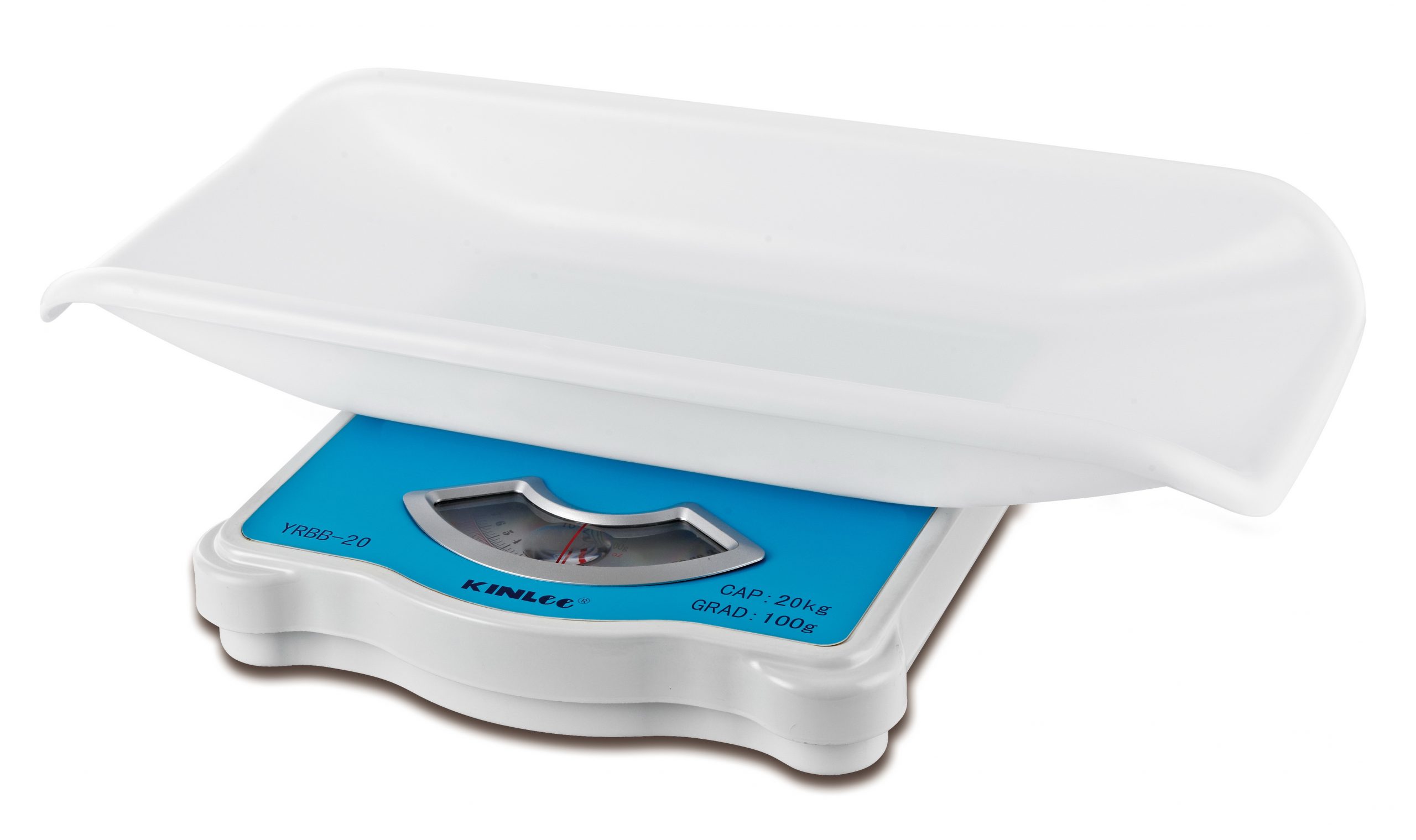
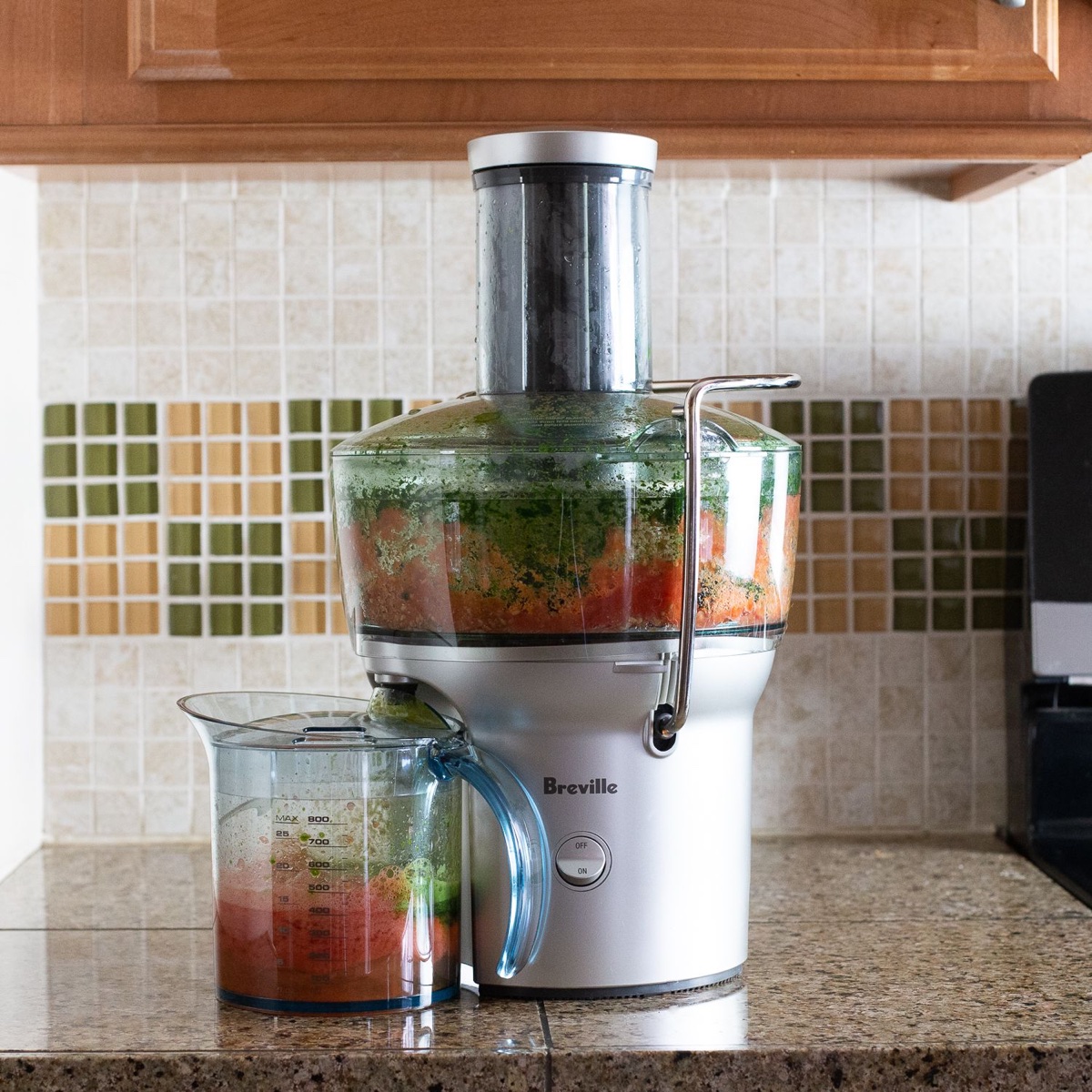

0 thoughts on “How To Use A Manual Juicer”